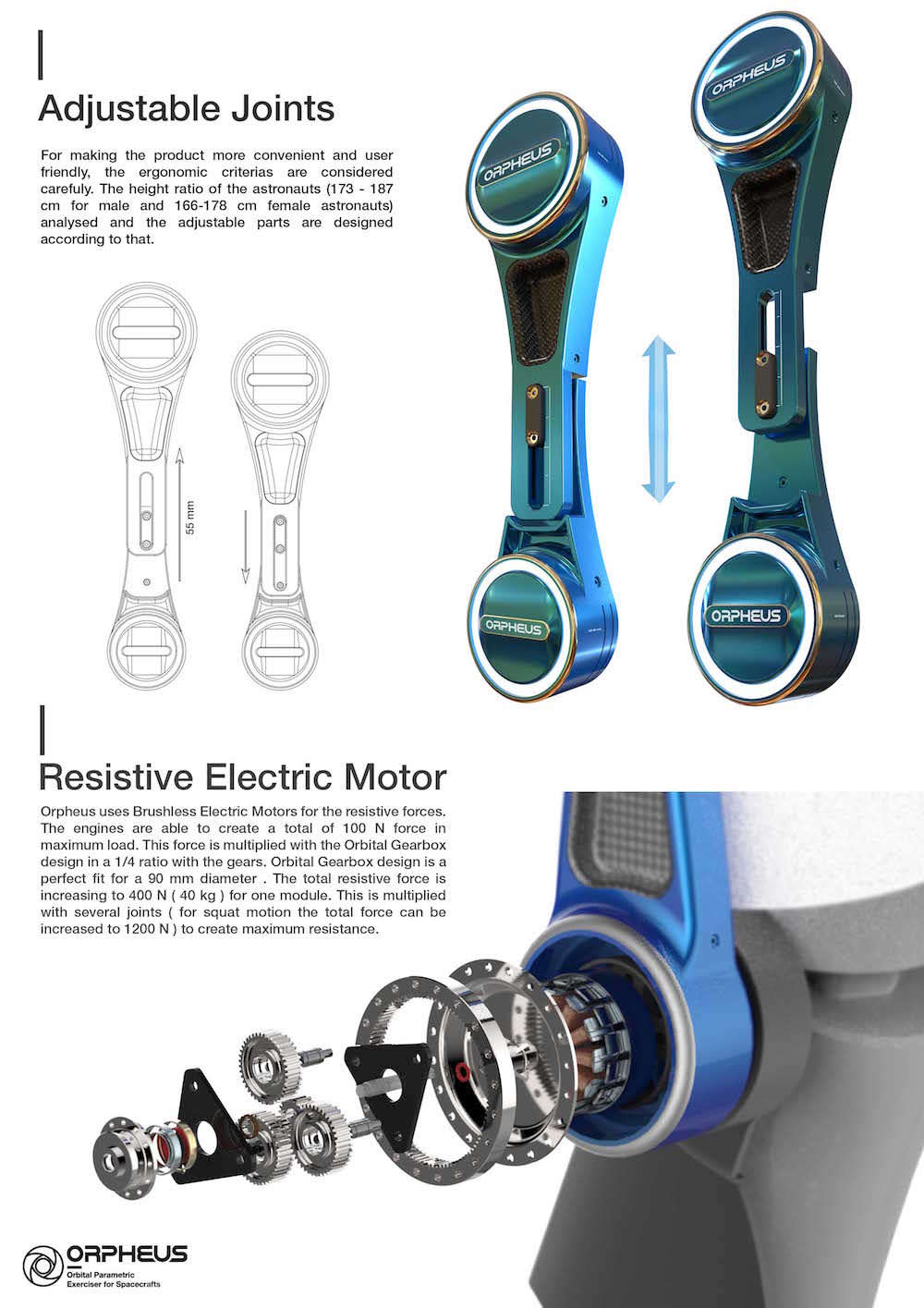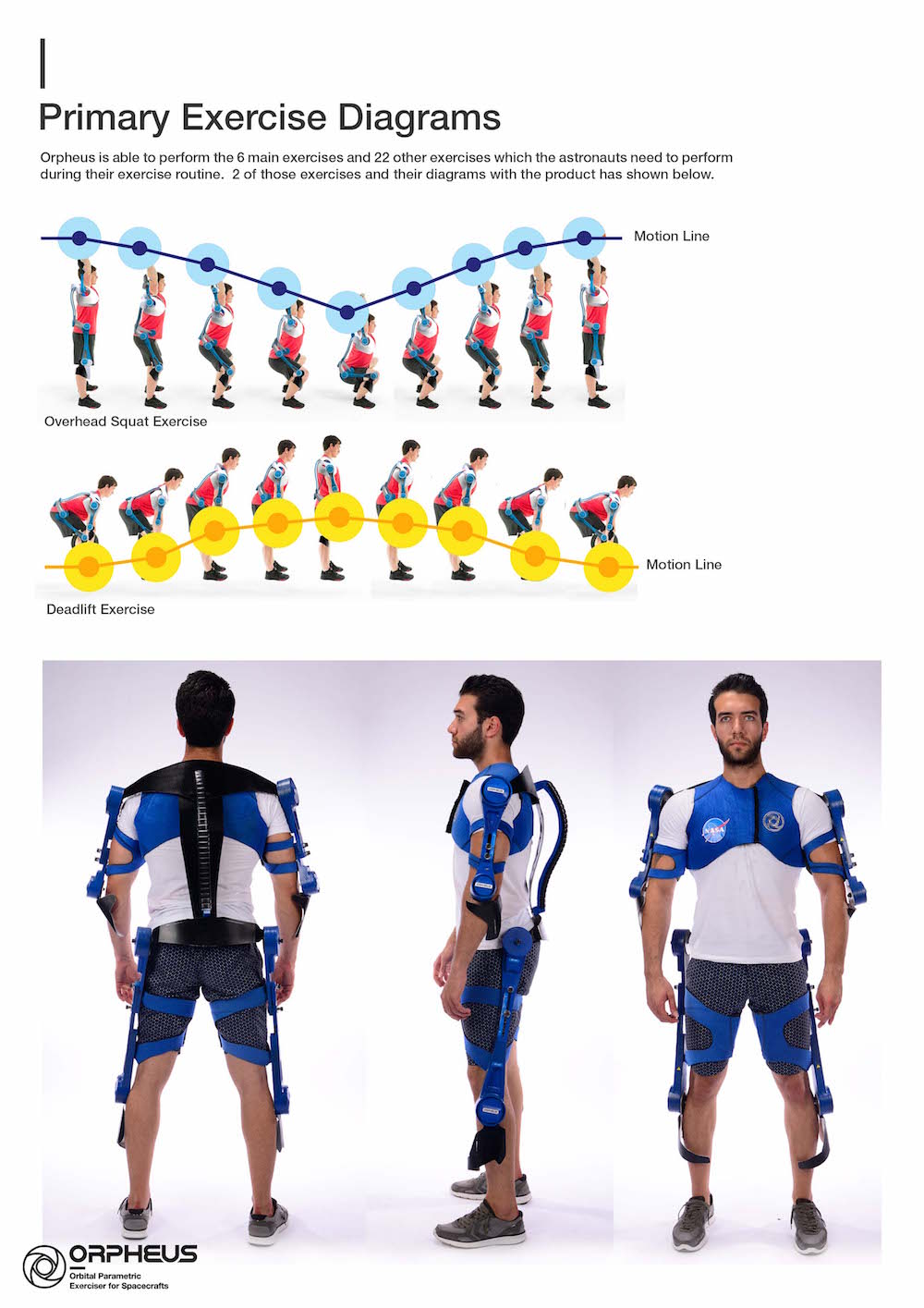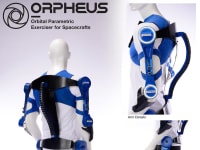For many years, the International Space Station has been hosting astronauts in space. Scientists were always wondering how human physiology changes in a microgravity environment, thus the Space Station has its own exercise equipment called ARED (Advanced Resistive Exercise Device). The product helps the human body to exercise in the microgravity environment. Without the effect of gravity, the human body loses its muscle-bone structure in a period.
When we analyze the ARED, we clearly see that the device is engineered very advanced, but ergonomics-wise it has some points lacking. Since the product is in touch with the human body, the device should perform a perfect harmony with its user. Another aspect of ARED which needs to be improved is the volume and the mass of the device. The limited space inside of the Space Station makes ARED an inconvenient product for future space programs.
In orbit, the pivot point is our own body in any kind of activity; because theoretically there is no concept of direction in microgravity environment. According to this idea, the exercise device should also adapt itself to the body. The Orpheus Exerciser is basically an exoskeleton which we wear to our body. In this way, we achieve an excellent user-product consistency and harmony. Besides, the product's extremely reduced mass, also reduces the launch cost dramatically. The third major advantage of the Orpheus is its volume. When we compare the products volume with ARED or even the MED 2.0, the decrease is approximately 75% which is a noteworthy loss.
Pivot points and the joints of the product possess electronic motors and a gearbox attached to the motor. The combination of brushless electric motors and orbital gearboxes creates a resistive force of 90 lbs. per joint. When we combine several joints in an exercise (for example squat exercise) this force can be multiplied to 360 lbs. in total.
Aluminum structure and carbon-fiber parts have been combined to manufacture a precise and long-lasting product. The adjustable parts of the product have been designed according to the body measurements of the space station crew for achieving a tailored fit. An improved software and interface adjusts the product to the user when the device starts to work. The exercises, resistive forces and exercise duration is calculated by a software.
The target audience of this project will be government based space organizations and private organizations in space industry. Since the project has been qualified as an exercise device, the companies in exercise and training equipment industry can be a part of the project in long term goals.
Video
Like this entry?
-
About the Entrant
- Name:Mehmet Ergul
- Type of entry:individual
- Software used for this entry:SolidWorks - Rhinoceros - Keyshot - AutoCAD
- Patent status:none








